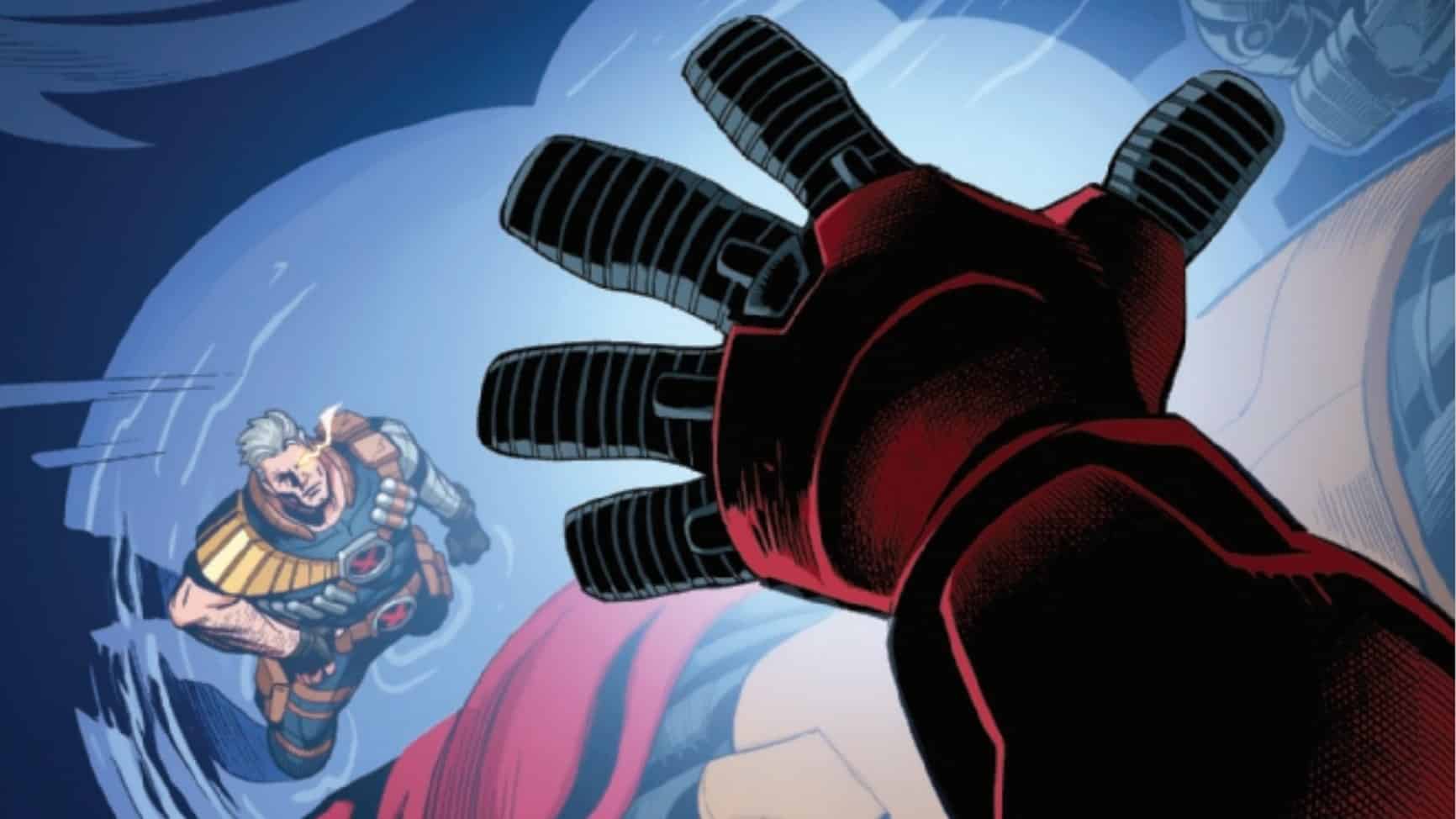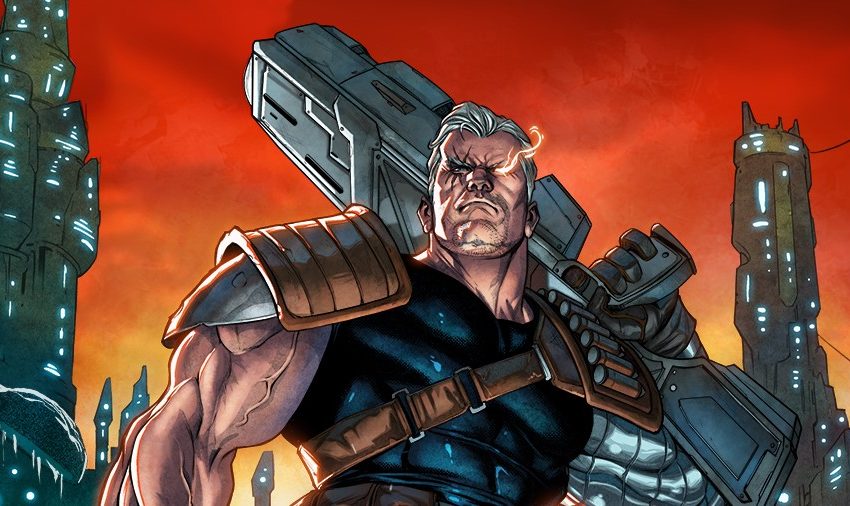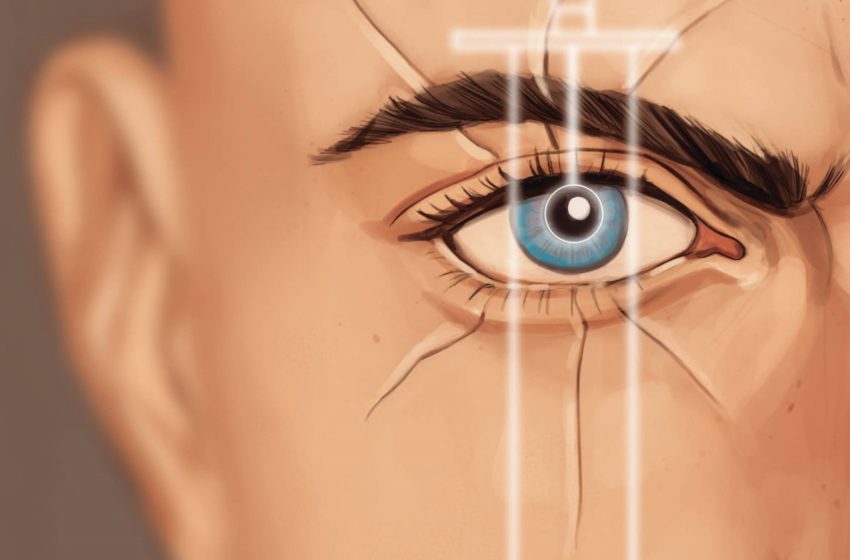You know him! You tolerate him! You remember his team-up series with Cable as better than it actually was! It’s Deadpool! Gerry Duggan, with Phil Noto, returns to the character who made him a star in Cable #3.
Ritesh Babu: And so we’re back, properly in the swing of things! The first issue of Cable laid out the basic character, the second laid out the essential direction he, and the book itself were headed in, and now the third is here to build on all that, bringing in… Deadpool.
Ian Gregory: It feels a little strange to be getting two issues so close to each other, but I’m not complaining. I was worried about this issue, based on the cover, though, because I have some seriously mixed feelings about our friend Wade Wilson.
Deadpool Table? Dead Pool Table.

IG: Is there a harder character to write than Deadpool? I’ve never been a fan despite his long history of Cable co-appearances, and as a comedy character Deadpool’s appearances live and die by the quality of his writer. At his worst, Deadpool derails books with unfunny cultural references and gross jokes about underage girls. At his best, and I do think Duggan does a good job with him here, he provides a moment of levity and helps breeze through what might be difficult plot beats. It definitely helps that the tone of this book was already primed for a Deadpool appearance, and so it doesn’t feel like we’re missing out on a “regular” issue of Cable.
RB: Gerry Duggan remains the one individual working at Marvel, aside from perhaps Al Ewing, who I know to be able to do Deadpool and do it in a way I consider not only palatable, but well-done. And certainly, having had the best run on the character, Duggan’s return to Wade here works. He’s here in a supporting capacity, he doesn’t overwhelm or detract from the book, its tone, or what’s happening. He’s just like a fun garnish on top of everything, which is perhaps best represented in that lovely letters section. It’s just fun enough, without messing with the book at large.
IG: I loved those letters, and I loved how prescient Old Cable ended up being. It remains to be seen if Deadpool actually followed through on those instructions, though, so I look forward to finding out if Cable’s time machine actually functions. Deadpool’s byplay with Kid Cable was solid as well, and I liked his (failed) attempts to recreate the dynamic he had with Older Cable. And yes, the pool table gag was great. I think this was the perfect amount of D. Pool (ten pages or less).
RB: There’s something quite amusing about how this specifically younger, feistier Cable just has 0 time for Wade’s nonsense, and just refuses to go along with his bits, expressing mostly just confusion, alongside irritation, at everything that’s being said. Deadpool’s a juvenile character, but even the actual, literal child here finds him utterly insufferable and wants little to do with him, as he grabs what they need and just straight up bails.
And the letters are definitely the most intriguing prospect here, given their implications, and what the Old Man had planned. I love that the book here breaks away from the established aesthetic and look of the X-Line and their respective data pages, as Deadpool’s arrival and presence actually disrupt the work in the most overly visual way, with that inserted letter, in its cursive font. You certainly feel Deadpool’s presence, even just reading the book, you couldn’t mistake this for anybody else.
IG: Nice little detail on Deadpool’s letter, too, is the fold lines, implying he actually wrote this out and put it in a post box for Cable. I wonder how much of a theme issues like this will become, with Kid Cable navigating his relationships with people who knew his predecessor well. We saw some of that in the pre-DoX X-Force but I was unsatisfied with how that book handled it, and I’d like to see some more work done there.
From the Mouth of Bables

IG: Kid Cable’s frustration with Deadpool is great because he spends so much time trying to play everything cool and just failing. His enthusiasm at the Sword of Galador being used to rewrite the planet, for example, gives away his attempt at stoicism. Even when he goes to challenge the SpaceKnights he can’t resist a grin and wink back at Esme. This is a series about Cable trying to be in control and never once actually having a handle on things.
RB: Last issue played into this idea too, wherein Cable tries to be the cold badass, almost this noir-protagonist, speaking to the cops, but it just results in laughs rather than terror and compliance. But wherein that was more so, I think, about the audience and expectations, this issue it evolves to become something more. That element persists, but as you see in the opening, it’s the younger Cable desperately trying to take the place of Old Man Cable. He’s constantly replaying that memory of him taking him out, as he desperately tries to live upto his perceived idea of him.
Cable is dead. He is Cable now. But also, especially given he’s a child, he operates in contradictions, because the Old Man would never get into the relationship drama this lad has and he knows that damn well, but he does it anyway, despite his aspirations to emulate the Old Man. In a lot of ways, even beyond the meta level, for both the writers and readership, this is a book about identity, about trying to figure out and define who you are, in contrast to who you were, and more importantly, who you could be. It’s a classical YA theme, but one that takes on new shape given the specific context and history being dealt with here.
IG: I think Kid Cable is full of contradictions, and this first scene reveals some of those. O. Cable warns him he’ll inherit his enemies, and his future, and with that comes Cable’s reputation. Kid wants the reputation and respect afforded to his counterpart, but he’s inherited those things unearned. He wants to live up to those standards, and to be as successful and loved as Cable, but he’s still just a kid, trying to meet impossible expectations. That’s why, I think, Kid Cable is so quick to try to distinguish himself from O. Cable in issue 1. He wants both to be different and to be seen as equally competent.
This is the kind of story I relish in shared-universe superhero comics. It relies not on a specific plot element, but the general thrust of a character’s evolution over the decades. This is the kind of story you can only tell when audiences are just as familiar with Cable’s reputation as the characters. It’s also the kind of weird anti-logic time travel story that fits the character so well. I think Cable’s comedy is a cover for how out of his depth he feels, and he’s probably beginning to regret taking Cable’s place in this timeline.
RB: Last issue, we talked about how something very deeply real, raw, and painful immediately shifts into utterly silly, comedic and over-the-top in the opening, and how that represented the book and its lead quite well. I think that really goes with what you’re saying here. Cable feigns a confidence he wishes he had, tries to act with a certainty he clearly lacks, and constantly overcompensates. All those one-liners, and gags, they mask something deeper, a conflict and struggle raging inside, which is what Esme gets a peek of and is horrified at the prospect of. It’s something that Duggan, having done Deadpool, a book about a character essentially all about that, is very much primed to do, and I’m glad to see it. And certainly, it helps when you have Phil bloody Noto as your artistic collaborator to deliver the story.
Off-Brand Purifiers

IG: Something that’s not working for me in this issue is the Order of X subplot. It’s certainly creepy, and I respect the slow build for this story, but all I thought on the last page was “Am I supposed to know this guy?” I thought it might be Rev. Stryker, but this person, referred to as Monsignor, seems too young [Ed. note: Monsignor is a title typically used by Roman Catholics, as well as an underrated Iron Maiden song]. If this is a new character, I think Duggan and Noto need to take steps to differentiate them, because as things stand right now there doesn’t seem to be an appreciable difference even on a design level. I was worried last week about this story resolving in the most straightforward way possible, and unfortunately it seems like we’re on track for that.
RB: Yeah, my response at the end was just ‘Who?’ Especially given, as much as I dig Noto, the character’s got The Typical Noto Face, just with the new era’s X on his head. Confusion was my immediate, natural response at that final beat, which is likely the intention, but again, this is certainly the weakest sub-plot, amidst all the Light Of Galadors, Space Knights, and anti-logic time travel stuff, ft. The Old Man. It kind of feels like the sort of thing that may have worked best as a proper second arc, wherein it’s more of a focus. That said, my other thought, after the confusion was ‘Is this a take on Stryfe?’ especially given this issue’s Old Man letter makes explicit mention of him, and warns him of what might happen, and it’s what prompts his precautions to begin with.
IG: Of course we’ll have to wait to see how this develops, but of all the stories being juggled right now this ranks easily as the least interesting. It further rankles that we didn’t get any more of Cable in Hell this issue, which I find a more compelling mystery. I think that story and the SpaceKnights are so unique and left-field that the predictability of this story really detracts from my enjoyment. It feels like playing it safe with old X-stories rather than going for something new. I’m just tired of religious cults centered around mutants, and how they are manipulated to anti-mutant ends, and I think it would take a lot to distinguish the Order of X from all the other times we’ve seen this story.
RB: Given the Krakoan at the end reads TIME TRAVEL, I have a feeling we’re about to dive head first into Cable In Hell (or Cable #666 as I like to think of it) next issue [Ed. note: really Cable #163 but who’s counting?] , and hopefully move away from this cult thread, which feels like long-term setup. The book’s at its best when Cable cockily grins at Esme, charges Space Knights, then gets slammed down.
IG: All told, I’m definitely still enjoying this book, but my concerns from last issue remain. How well Duggan can balance all his plots without losing the solid character and comedy work he’s done already will make or break this book. I do wonder whether these plots will get tied together in some way (perhaps via time travel), or be resolved separately. I’m looking forward to seeing how this turns out.
X-Traneous Thoughts

- “Do I need to come get you?” Concerned mother Emma Frost is really great.
- When he’s fighting the SpaceKnights, the “B” in a “BLAM” sound effect is formed by the barrel of Cable’s gun and it’s just…so good.
- Bucks County is indeed right next to Philadelphia, and was the subject of many of our dumbest jokes in high school.
- Sabino continues to somehow blend his lettering shockingly well with the very specific and distinct look of this water-colored reality Noto’s doing, which I continue to dig.
- The ZZZANG that twists and slices the Space Knight head gives me great joy.
- For a different take on this issue, including some stuff we missed check out Nola Pfau’s review on WWAC.







